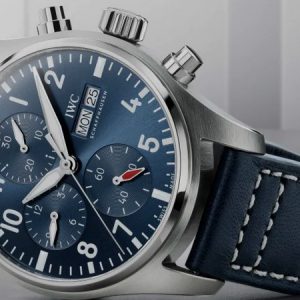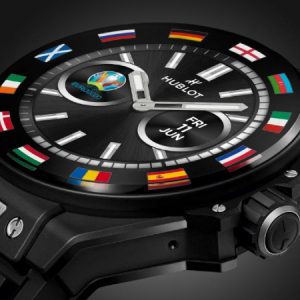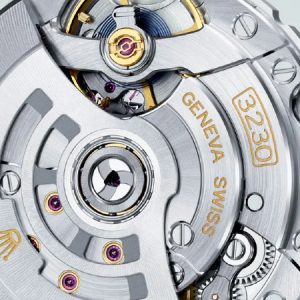Most tool watches often have very straightforward specifications. Meters of water pressure must be resisted by a dive watch. A chronograph used by racers must be able to calculate speed. A pilot should maintain a second time zone in addition to GMT. A field watch, though? There aren’t any clear rules; while many timepieces can withstand an outdoor adventure, not many are designed for it.
Discover your Perfect Luxury Timepiece and Enjoy Special Privilege only at The Time Place Boutique.
The history of Field watch
![]()
Some of the first guys to wear watches on their wrists were soldiers (women had done it first). However, it wasn’t until after World War II that the field watch as we know it today started to take shape thanks to requirements set forth by the government.
The ability to stop the seconds hand when setting the time was one of the most noticeable characteristics that set such watches apart in the early days. This “hacking” capability, which made it possible for soldiers to more precisely sync their timepieces, was undoubtedly useful for coordinating military operations.
Several manufacturers produced some of the most renowned field timepieces for the US and British governments, but the style evolved over time. One of the most recognisable characteristics is the Hamilton Khaki Field’s use of regular 12-hour indices with 24-hour (military time) markings closer to the center.
The term “field watches” gradually came to refer to timepieces for hobbies like hunting and other outdoor pursuits as well, and it eventually entered popular culture.
The Function of Field Watch
In the 20th century, the field watch was initially designed for the infantry. The field watch of today, however, does not include any special functionality or features aside from its design and overall sturdiness, unlike many timepieces created for particular uses and professions. Like other military equipment, its design is primarily focused on functionality and pays little attention to aesthetics.
It proves to be highly attractive to civilians, much like other military gear does. The field watch’s ease of use and toughness make it suitable for other outdoor activities as well, such as trekking, mountaineering, and general outdoor activities. Although the field watch can be dressed up and is aesthetically adaptable, most of them are simple in their finishing and fall short of what is probably optimal for most formal events.
The Design Code of Field Watch
Field watches are typically small. Because of this, sub-40mm examples from today tend to seem the most real. However, it’s important to remember that field watches were historically much smaller, possibly too small for many people’s standards today.
A NATO strap will add some heft and seem entirely suitable if you want your wrist to have a little more presence. Pilot’s watches can also offer a similar concentration on legibility with a military appearance but frequently larger diameters. Field watches are typically quite aesthetically adaptable due to their tiny size and straightforward design.
Discover our field timepiece collections online or locate The Time Place boutique near you for a visit.





